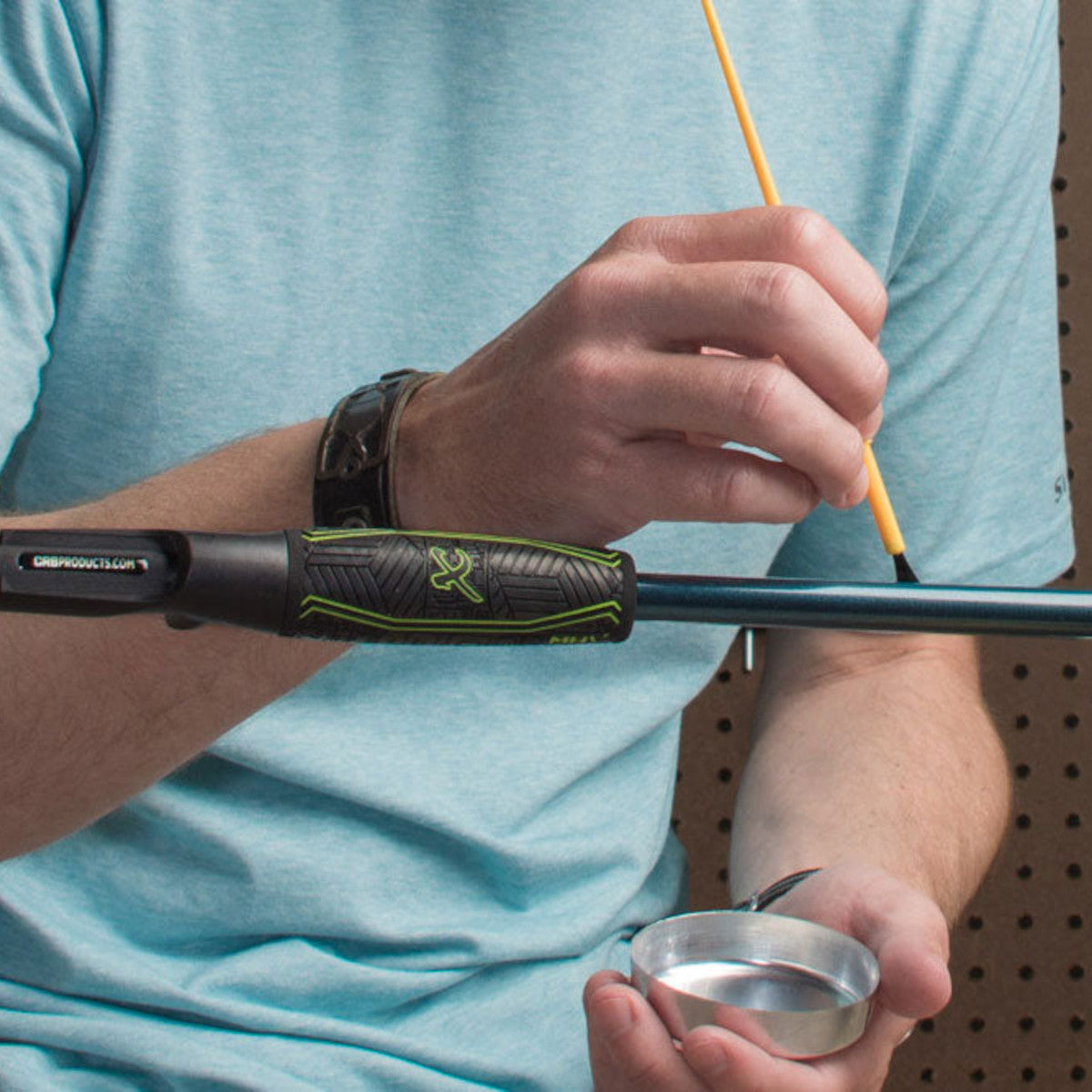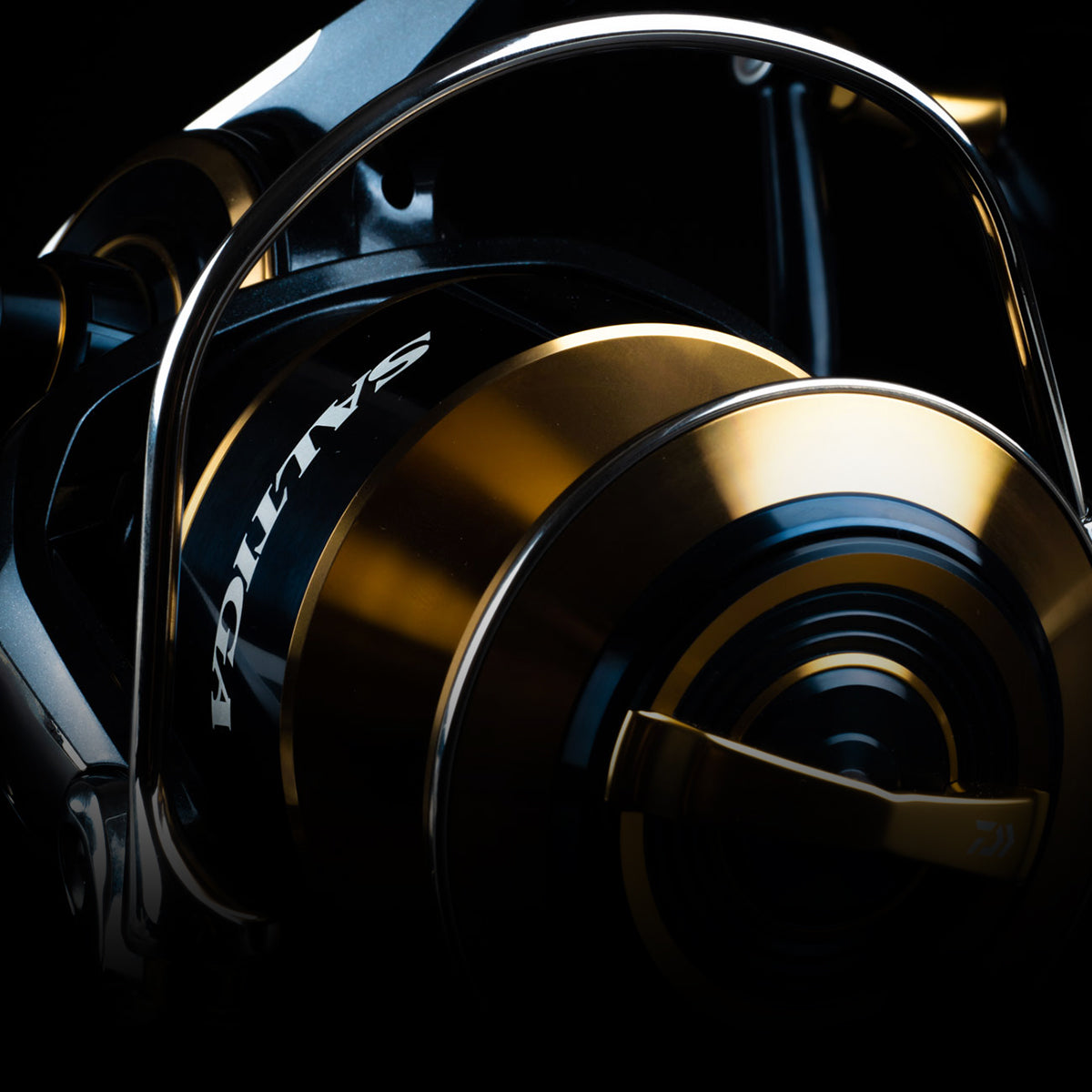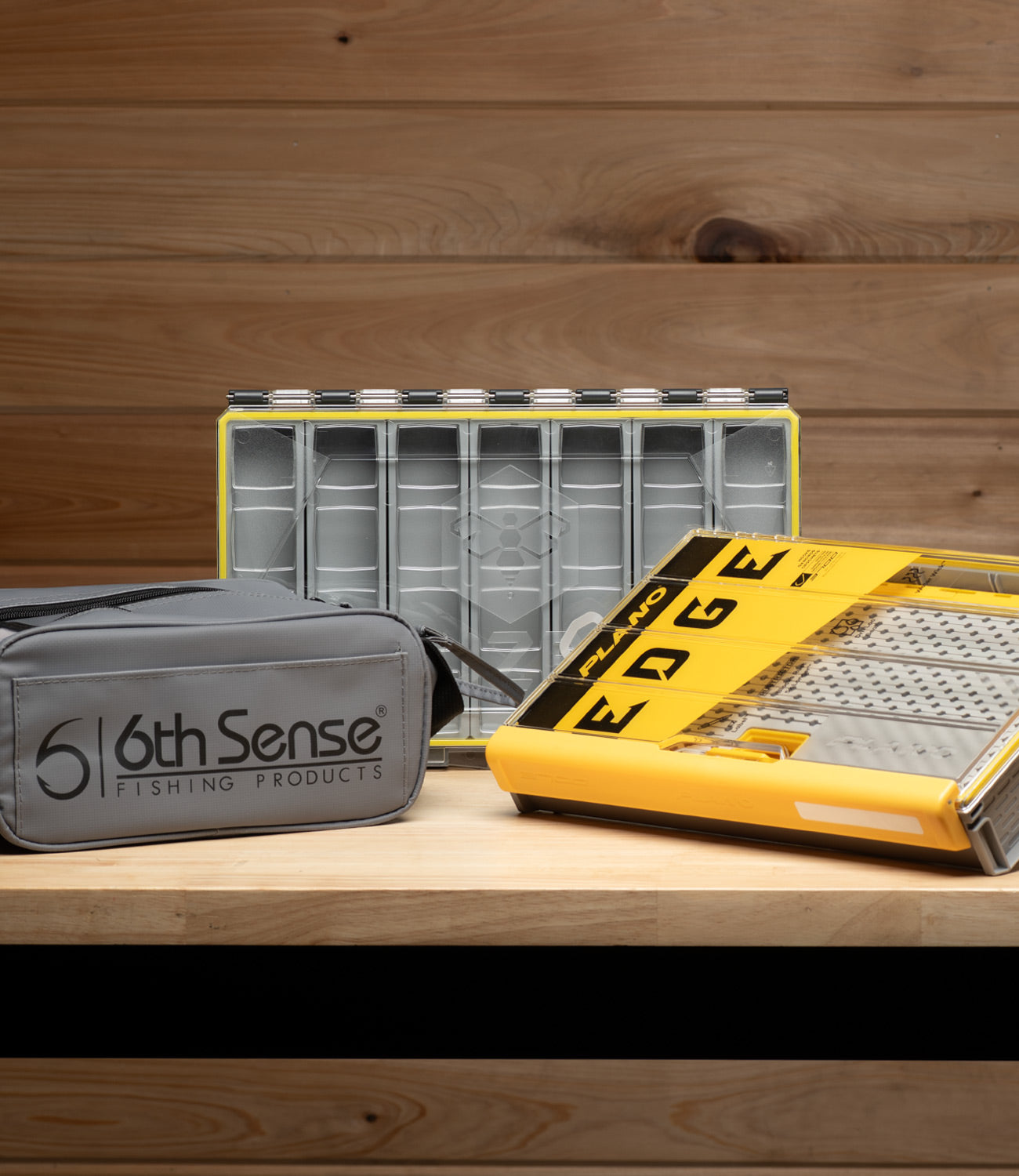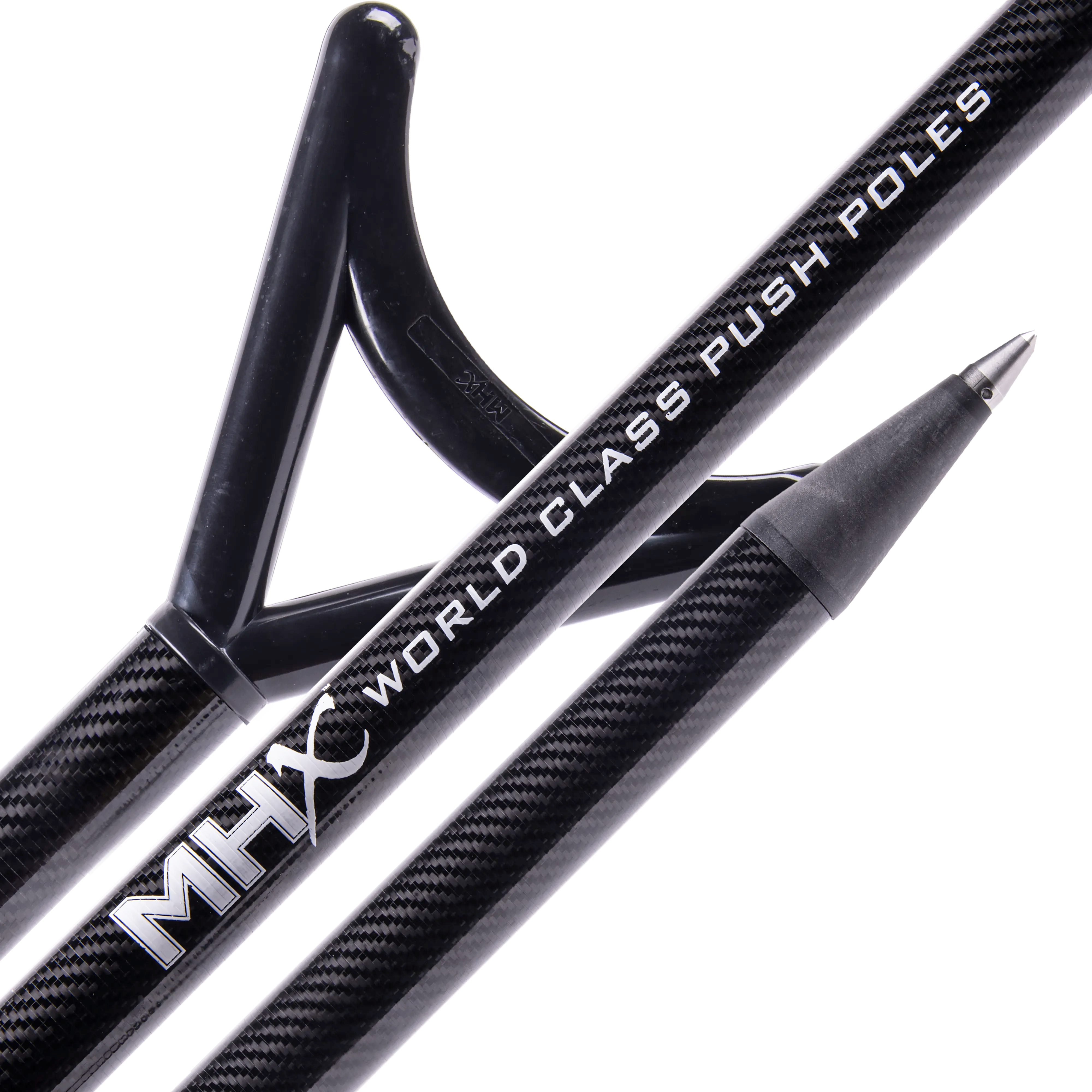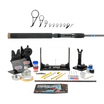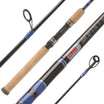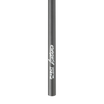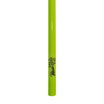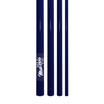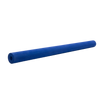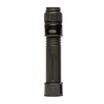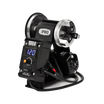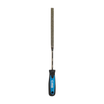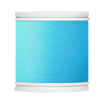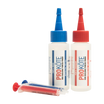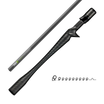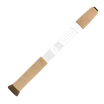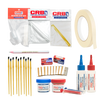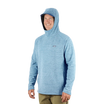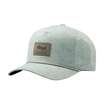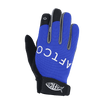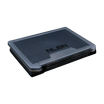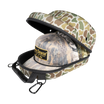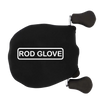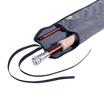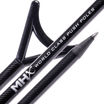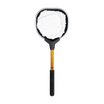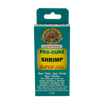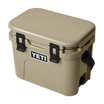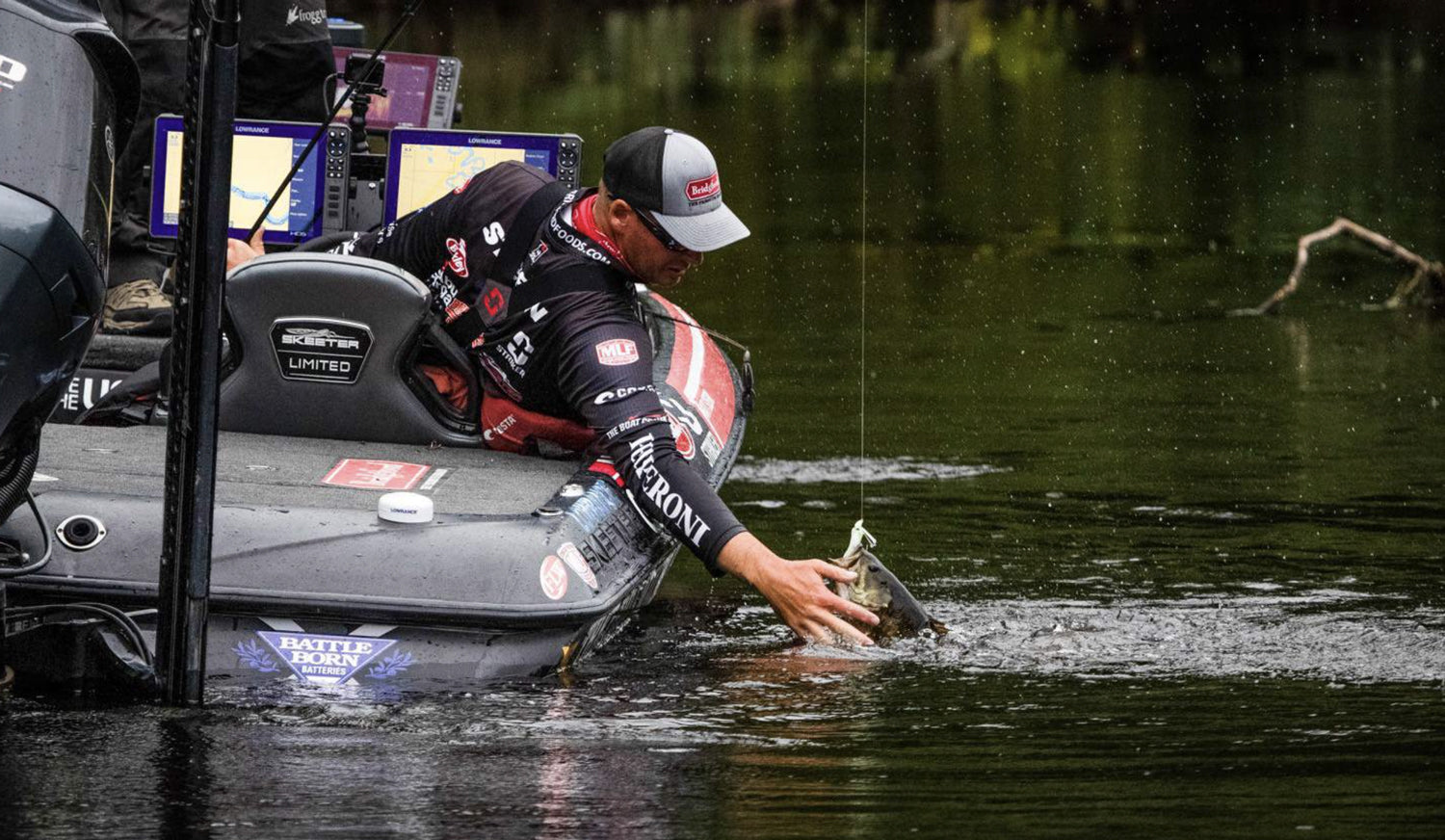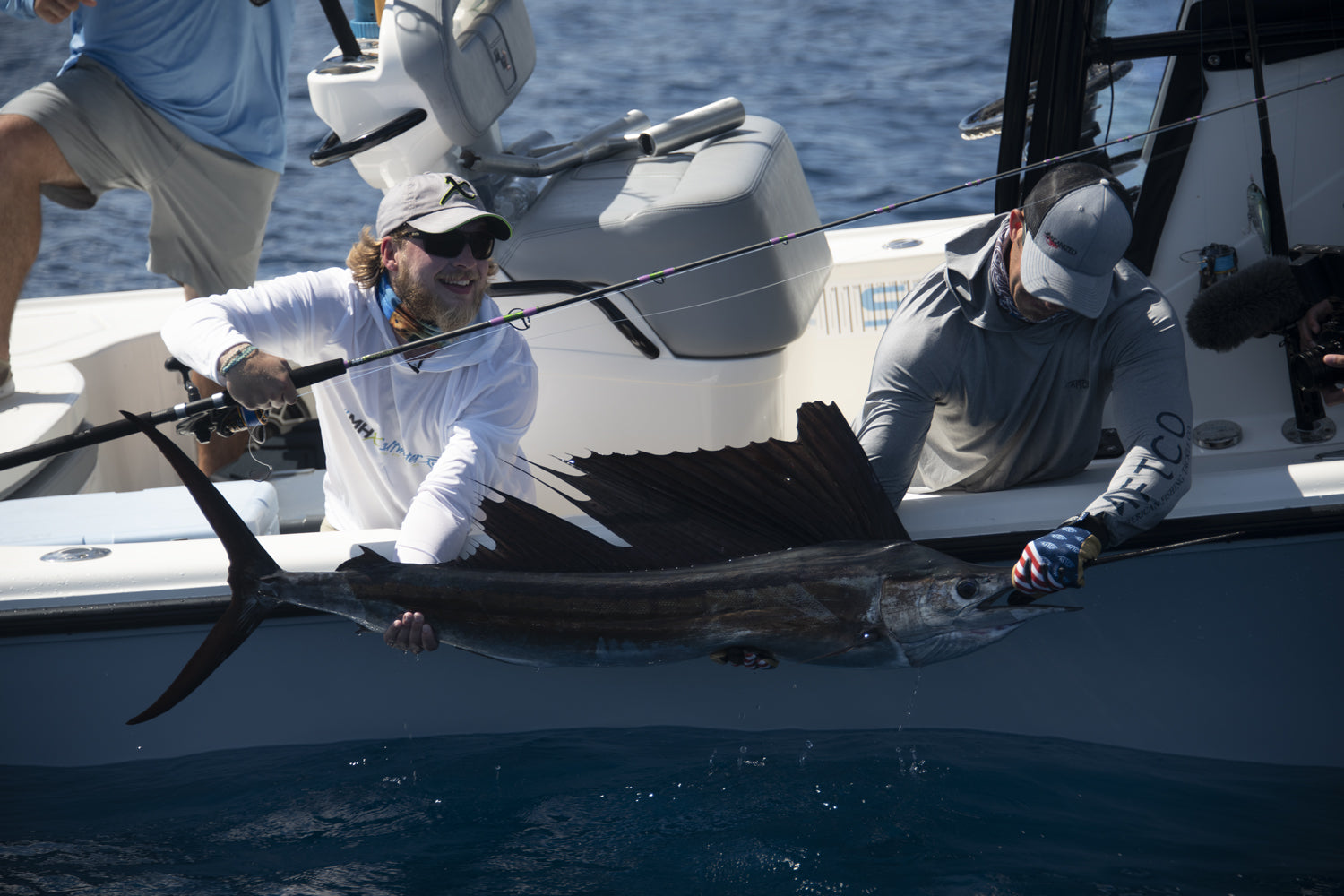Suspended bass pose a challenge for many anglers, especially when factors like weather fronts or seasonal patterns cause them to hang in mid-water. They're notoriously elusive and can be tough to entice into biting. However, mastering the technique of fishing with underspins can significantly boost your success, allowing you to land more and larger fish even when others struggle.

Fishing an underspin can be frustrating for anglers but having the right rod will quickly turn this intimidating technique into a confidence bait in short order. These rod builds are designed to streamline your learning process and elevate your proficiency in using this technique, particularly when targeting suspended bass.
The Approach
No matter where bass position themselves in the water column—be it near the bottom, middle, or top—they typically have an upward focus. This natural behavior serves dual purposes: it helps shield them from aerial predators and enhances their access to potential food sources. When targeting suspended bass with underspins, it's crucial to keep your presentation positioned above the bass to optimize your chances of enticing a strike.

While several vertical presentations, such as drop shotting and vertical spoon jigging, can be effective for suspended bass, these fish tend to be sensitive to boat noise and shadows, especially when not positioned deeper than 20 feet. This is where the underspin shines.
If you observe bass suspended in the 10 to 20-foot range over a bottom that extends deeper, underspins become an ideal choice. This technique allows you to maintain a safe distance from the bass, minimizing the risk of spooking them, while also enabling efficient coverage of the water column.
The When and Where
When scouting for optimal conditions for underspin fishing, it's essential to closely monitor your electronic fish finders. If you observe significant fish activity near the bottom, it might be more effective to opt for a presentation that targets the bottom. However, when you spot suspended arches or bass positioned beneath schools of shad—often appearing as dense "balls" or "clouds" on your electronics—you've entered prime underspin territory.
While there are instances where underspins can entice bass in stained water, particularly during schooling situations, this technique tends to excel in clear water. As a general guideline, the clearer the water, the greater the likelihood of securing a solid underspin bite.

In stained and muddy water conditions, bass rely heavily on their lateral line for feeding as their vision is impaired. This sensory line acts akin to their ears, enabling them to detect vibrations in their surroundings, aiding them in locating potential prey.
Underspin fishing is predominantly sight-oriented, as underspins emit minimal vibrations that stained water bass can detect. Bass in such conditions typically need to visually perceive an underspin to initiate a strike, rendering clear water conditions much more favorable for this technique.
Let's Build
When a bass angler senses a bite while fishing with an underspin, the instinctual response is often to immediately jerk or pull back on the rod. However, similar to topwater fishing, employing a large hookset is unnecessary and can lead to losing the majority of underspin-hooked bass.
So, we need to keep in mind that presentation is important and the way the rod reacts to a bite and the impending hook set is crucial to the success of fishing an underspin.
The good news is the blank I fish is an excellent choice whether you build it as a casting rod or as a spinning rod. I personally fish it as a casting rod but you can have just as much success when fishing the underspin on this blank configured as a spinning rod. In my opinion the blank for fishing an underspin is the NMB862XF-MHX.
Specifications: 7'2" | 8-14 lb. | 1/16 - 1/2 oz. | Extra-Fast Action | Medium Power
For starters I like the added length for the casting distance and control over the underspin. Since we are fishing suspended fish, having a longer cast allows the bait to stay down in the strike zone over a longer period to increase the chance of a bite. In addition, you will notice I went with the extra-fast model. MHX does have an NMB862 in fast but I fish the extra-fast as the slightly softer tip allows for better bite detection. Often times the fish will knock at the blades before the commit to eating the underspin. It is as if they are checking it or tying to wound the bait first. When I am able to feel the fish showing interest I can make adjustments to my retrieve that can cause the fish to react and eat the bait.
Proper Hookset
Upon feeling the initial thump, refrain from pulling back immediately, as bass often miss underspin or they are hitting just the blades as I mentioned above. Instead, maintain a steady retrieve. As you feel subsequent thumps and you feel the rod load up, increase your reeling speed. As you feel the weight of the fish and have a solid bend in your rod, lean into the fish while maintaining tension on the line. Avoid any jerking, pulling, jumping, or pumping motions—a slow and steady hookset will significantly improve your catch ratio.

The NMB862 with the extra fast action helps facilitate this proper hookset as the angler is considerably more in tune to what the bait is doing. There are no surprises so no knee-jerk reaction hooksets that pull the bait away from the fish. The incredible bite detection gives the angler time to react accordingly. In addition, the power transition from the extra fast tip section to the powerful mid and butt section helps hook the fish with minimal input from the angler.
Preferred Components
There are certain builds where the blank is the standout in the rod recipe and this is a prime example. Honestly, it really benefits the angler and rod builder in this instance because there is almost no wrong answer in terms of guides, reel seat, handle length...etc.

In terms of guides I do like the LZR Guides from CRB in both the casting configuration and spinning. With your casting build you really should be throwing straight fluorocarbon and typically in 12lb or 10lb test. With spinning setup we know most are throwing braid to a fluorocarbon leader but with light braid and 8lb-14lb fluorocarbon leader your knots are small and can pass through size 5 running guides easily.
For reel seats and handles I reccommend choosing what is your favorite. If you like EVA split grips or full length cork, go with what feels best in your hands. Typically if you get on a good suspended bass bite, you will want to stay with it so you might find yourself with this rod in hand all day long. As for handle length and rod balance, you will be fishing this rod tip down so you can keep this build very light to maximize the sensitivity.
So, the next time you find yourself in a deeper, clear water lake you can be ready to put a hurtin' those finicky suspended bass with an underspin.


